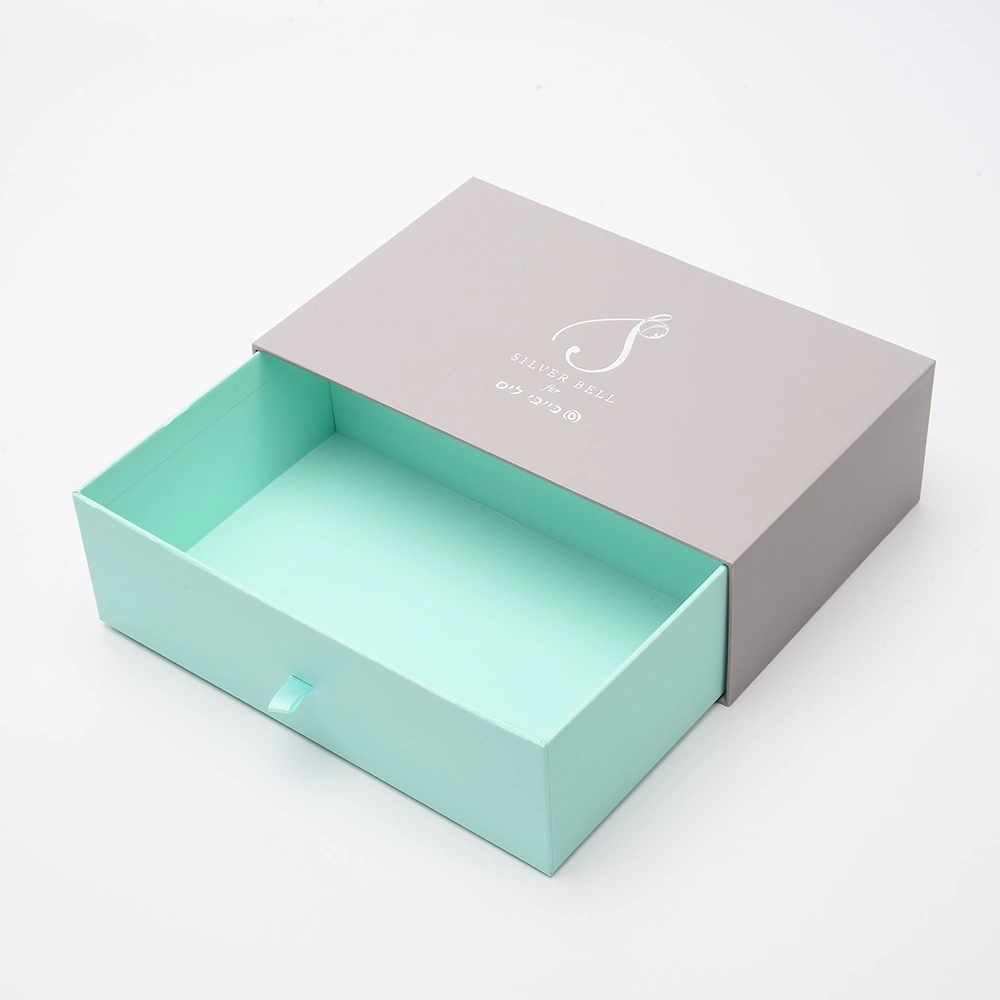What is the lamination for paper packaging products?
2024-04-23
Lamination is a major post-press technique that belongs to the field of print finishing. It involves bonding a plastic film, coated with adhesive, to paper-based printed materials through heat and pressure. This process creates a unified product that combines paper and plastic, and it is a common post-press technique for paper-based printed materials.
Printed materials that have undergone lamination benefit from the addition of a thin and transparent plastic film on their surface. This film enhances the smoothness and brightness of the surface, not only improving the glossiness and durability of the printed items such as paper bags, boxes, booklets, and cards, but also extending their lifespan. Additionally, the plastic film provides protection against moisture, water, stains, abrasion, folding, and chemical corrosion.
If a transparent glossy film is used for lamination, the printed graphics and colors of the laminated product appear more vibrant and three-dimensional. This type of lamination is particularly suitable for packaging green food and other products as it can stimulate people's appetite and desire to consume. On the other hand, if a matte film is used for lamination, products like luxury paper bags and gift boxes can convey a sense of nobility and elegance to consumers. Therefore, packaging printed materials that have undergone lamination can significantly enhance the quality and added value of product packaging.
















